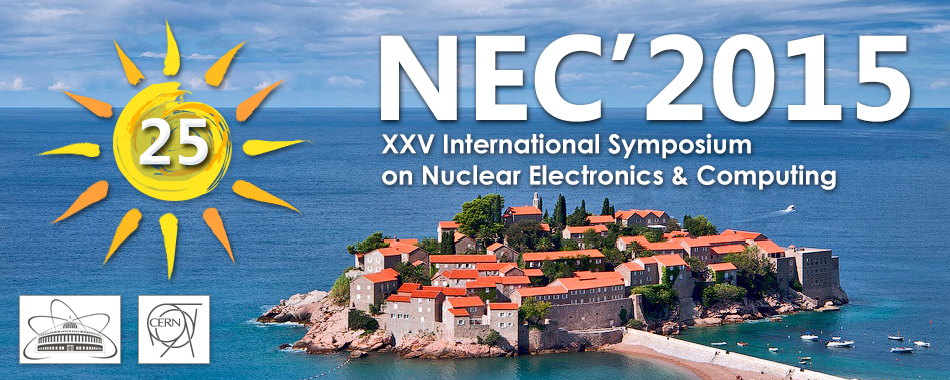Speaker
Dr
Yuri Pepelyshev
(JINR)
Description
The pattern recognition methodologies and, artificial neural networks were used widely for the reactor noise diagnostics. It’s very important for pulsed reactor of periodic operation IBR-2M (Dubna, Russia), which is a high sensitivity to reactivity fluctuations (40 times higher than stationary reactors with a uranium fuel).
The cluster analysis allows a detailed study of the structure and fast reactivity effects IBR-2M. Nonlinear autoregressive neural network with local feedback connection allows predicting slow reactivity effects. It is shown that the power noise is subsequently divided into four stable clusters, with three of which describe the noise transition region (three days). The fourth cluster constitutes a stable structure that until the end of reactor cycle (two weeks). The noise transition region is formed by asymptotically increases vibration of the moving reflectors in the process of their heating after maximum power is reached. The study of slow processes shows that the nonlinear autoregressive neural network with an error of ~5% allows predicting changes in reactivity caused by the fluctuation of liquid sodium flow rate up to two days of reactor operation.
Author
Dr
Yuri Pepelyshev
(JINR)

